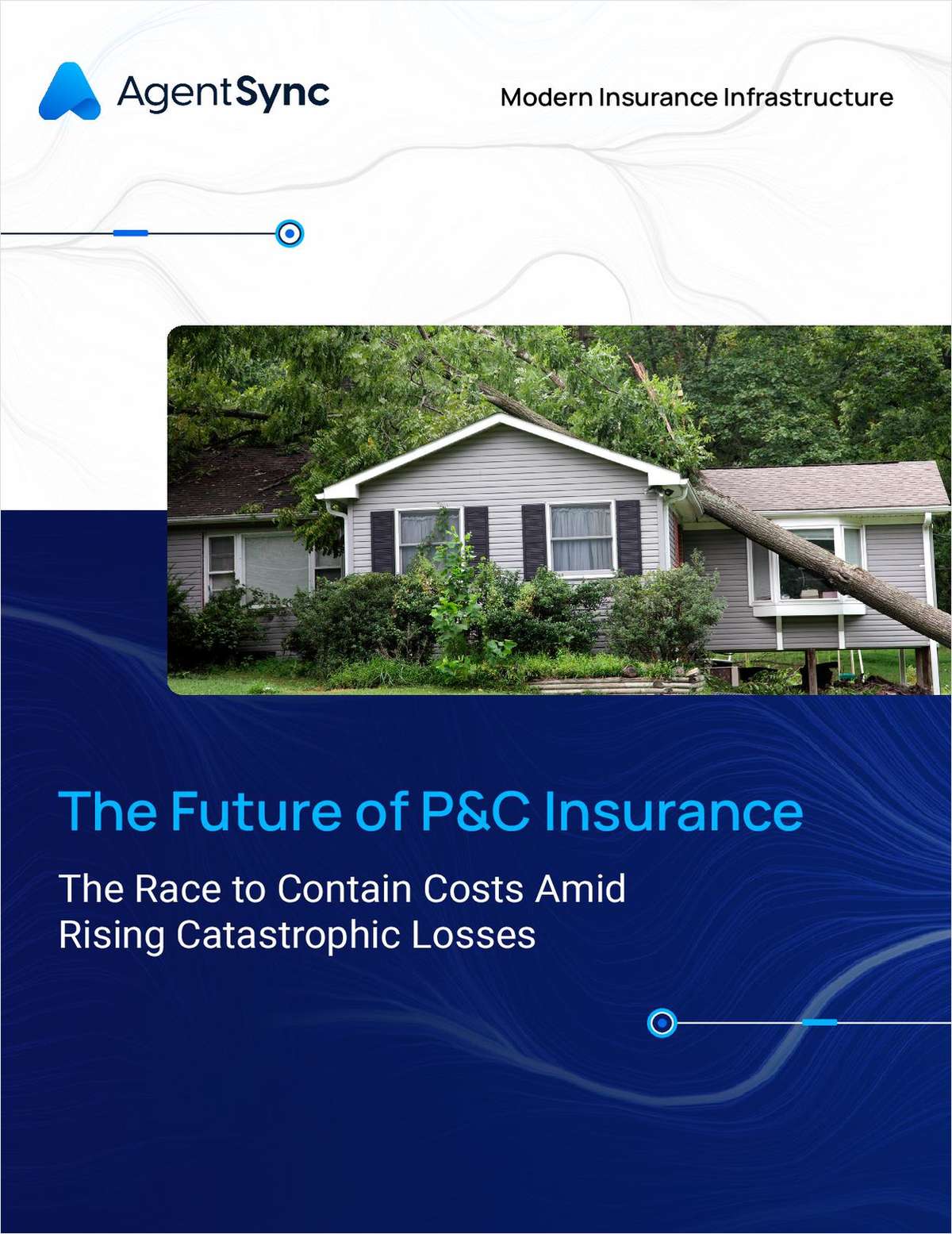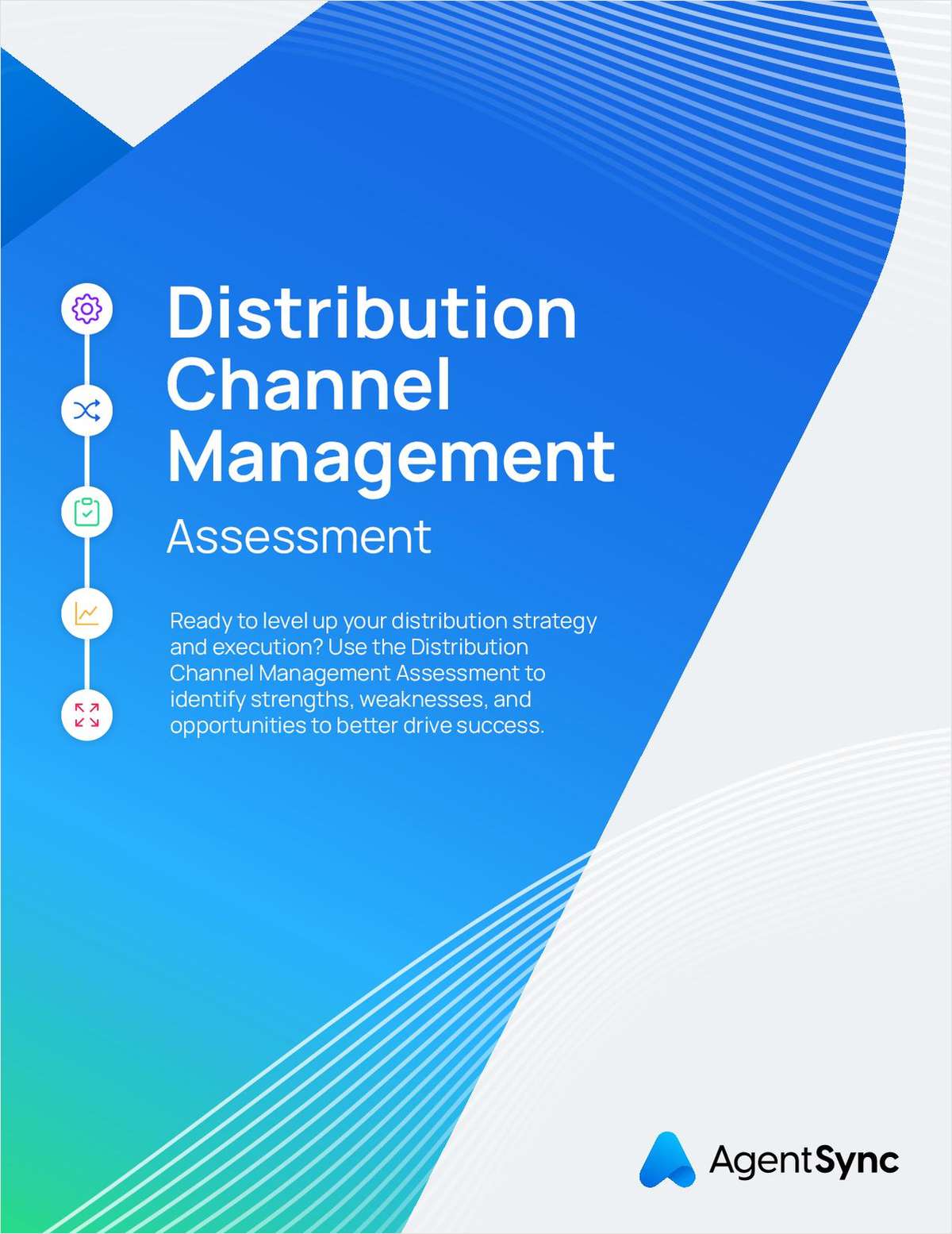Inland-marine insurers are faced with a thinning and aging talent pool in a line of insurance that requires highly specialized industry and insurance knowledge, according to a recent Conning Research & Consulting report.
Additionally, this segment, which has consistently been the best-performing medium-sized P&C line, is facing pressures related to heightened competition and fewer available premium dollars due to a flood of new entrants and impacts from the weak economy.
Regarding talent, Conning says inland-marine insurer operations are typically staffed by individuals with “deep expertise in [specific industries] served by an inland-marine product and in its insurance exposures.”
However, Conning notes that insurers are cutting back on in-house training programs, and professionals are finding more work on their desks as the result of widespread industry layoffs.
Compounding the talent issues, inland marine has seen many new entrants who have noted the profitability in this line and are looking for a slice of the pie.
“One potential effect of the formation of the new inland-marine writers in the past half-decade is dilution of talent pools at existing inland-marine insurers,” Conning says. “The high demand for insurance knowledge and industry expertise to support the many products in inland-marine underwriting, loss control and claims has created substantial demand for experienced practitioners with good track records.”
Additionally, the available premium in the segment is shrinking due to economy-related issues affecting inland marine's two biggest lines: construction and trucking. For construction in particular, Conning notes new insurers were lured into the market during the construction boom of 2000-2006. However, the bubble that burst in 2008-2010 has left insurers battling over less premium.
Other inland-marine lines, such as fine art and yachts, have also seen new entrants, but Conning notes that these traditionally desirable markets have faced challenges “as the recent financial crisis wreaked havoc on the high-net-worth sector—and particularly on certain classes of luxury goods and property.”
Still, even with the challenges, Conning says inland marine was still the best-performing medium-sized P&C line in 2010, with direct-written premium of $13.2 billion. Combined ratios have averaged between 10 and 15 points lower than those of the broader P&C industry “for several decades.”
Digging deeper into inland-marine results, Conning says the most profitable segments are for personal inland-marine products and some of the more-specialized commercial inland-marine classes. “Larger size or scale was not found to be correlated with superior performance, as many of the most successful inland-marine insurers were not in the upper tiers of the premium league tables,” Conning notes.
Want to continue reading?
Become a Free PropertyCasualty360 Digital Reader
Your access to unlimited PropertyCasualty360 content isn’t changing.
Once you are an ALM digital member, you’ll receive:
- Breaking insurance news and analysis, on-site and via our newsletters and custom alerts
- Weekly Insurance Speak podcast featuring exclusive interviews with industry leaders
- Educational webcasts, white papers, and ebooks from industry thought leaders
- Critical converage of the employee benefits and financial advisory markets on our other ALM sites, BenefitsPRO and ThinkAdvisor
Already have an account? Sign In Now
© 2025 ALM Global, LLC, All Rights Reserved. Request academic re-use from www.copyright.com. All other uses, submit a request to [email protected]. For more information visit Asset & Logo Licensing.








